To all the Nounites on our platform, here is gst107 summary you can skim through for your upcoming GST107 exam, we wish you success with your papers today.
GST107 SUMMARY FROM NOUNGEEKS
The Distance Education:
Distance education has been defined as a field of education that focuses on teaching methods and technology with the aim of delivering teaching to students who are not physically present in a traditional educational setting, such as the classroom.
It is a system aimed at creating access to learning when time or distance or both separate the source of information and the learners.
Open and Distance Learning:
Open learning is an innovative movement in education that emerged in the 1970s.
It refers mainly to activities that either enhance learning opportunities within formal education systems or broaden learning opportunities beyond the formal education systems (Wikipedia).
The educational philosophy of open learning emphasizes giving learners choices about: medium or media of learning, place and pace of study, support mechanisms as well as entry and exit points.
Characteristics of Open and Distance Learning:
1. Separation of Teacher and Learner;
One major distinguishing feature of open and distance learning system from the conventional system is the distance between the teachers and the learners.
This separation occurs in two planes: place and time.
By place, we mean that the teachers and the learners do not live or meet at any time.
Let us take NOUN as an example, while the headquarters, which houses most of the faculties where the lecturers are, is situated at Abuja, the students are literally scattered across the country.
In fact, most of the students may never meet any of the lecturers till they graduate from the university. This is distance in place.
2. Accessibility;
Apart from accessibility due to relaxation of entry requirements discussed under openness, open and distance learning offers “learning opportunities to individuals who are disadvantaged because of their location or gender or economic constraints” (p. 11).
The disadvantaged people include prisoners.
NOUN has study centres in many prisons in Nigeria and some of the prisoners have graduated from their chosen courses. Hitherto, prisoners in Nigeria have no access to higher education due to the closed nature of universities and the closed nature of the prison too.
Apart from prisoners, women in purdah too have been securing access to higher education because of the accessibility offered by the open and distance learning.
Learning Characteristics of ODL Learners:
1. Motivated;
Most learners in the open and distance learning institutions are said to be intrinsically motivated and thus do not require a lot of motivation to get them interested in their course of study.
It has been argued that the physical absence of the teacher and other peers usually leads to distraction and discouragement, therefore, as a student in the open and distance learning institution you need to keep yourself motivated.
To successfully keep yourself motivated, it is important to connect with other classmates (Littlefield, 2012).
2. Adaptation to Technology;
For most of the young adults who have found their way into the open and learning institutions, working in an online environment may not be a problem as they are all digital natives.
However, if you are above the age of 50 (you belong to the group that are either digital illiterates or digital migrants), there is the need for you to adapt to the use of technology.
As you would have discovered, there is no way you can survive in NOUN if you are not computer literate or computer savvy.
Types of Learners’ Support Services:
1. Teaching and Learning Services;
According to Bowa (2008), teaching and learning services consists of the following activities:
Teaching and learning contacts
Network and learner support centres
Compulsory residential schools
Social and Personal Support Services
Social and personal needs services includes the following activities:
Pre-course registration and counselling
Internet and e-mail support
Peer support/study groups
Click DOWNLOAD to get the full GST107 course summary, other course summaries are also available, you can contact us for any NOUN course summary, Goodluck!
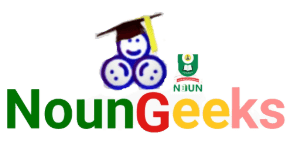
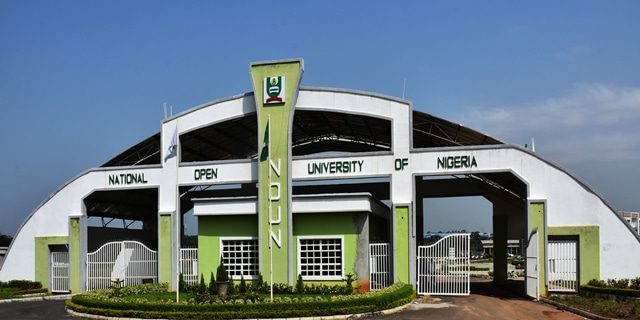
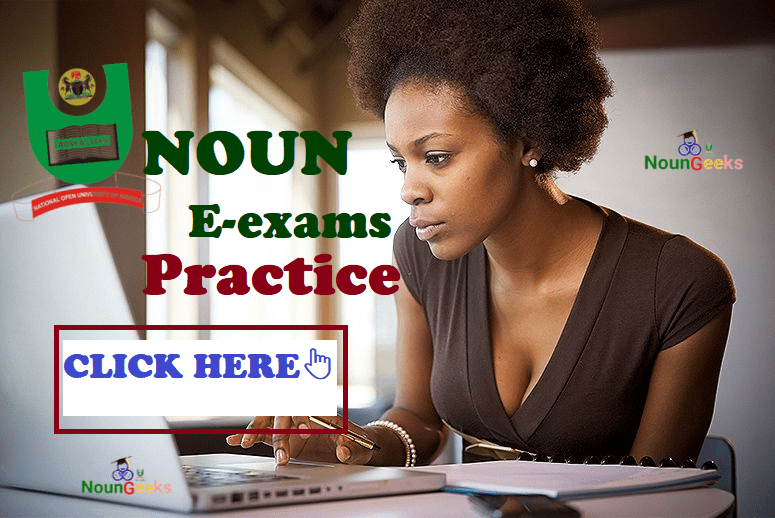
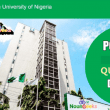
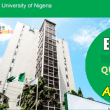
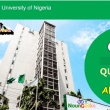
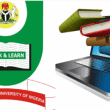
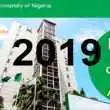

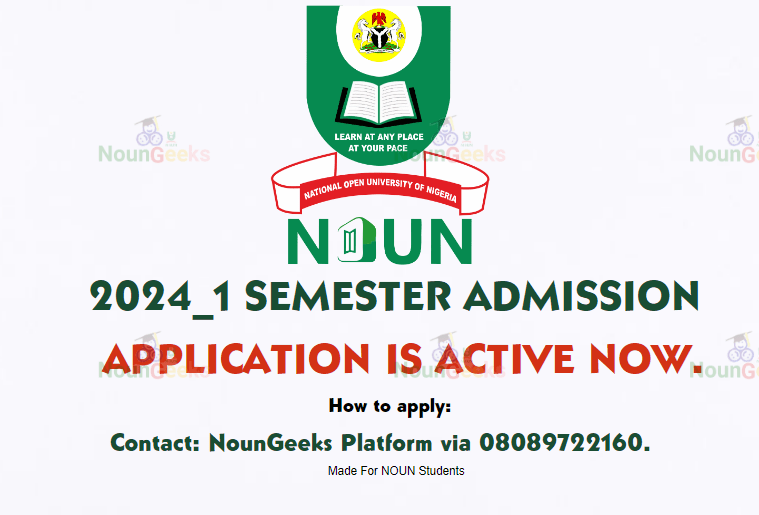

I need GST 107 past questions
Hello barine, you can download it once you sign up on the platform or read this
Please add me up
Welcome, Sign up to be added.
Please add me to noun updates list
Done 🙂
How can i get my course past questions
I need summary
Now